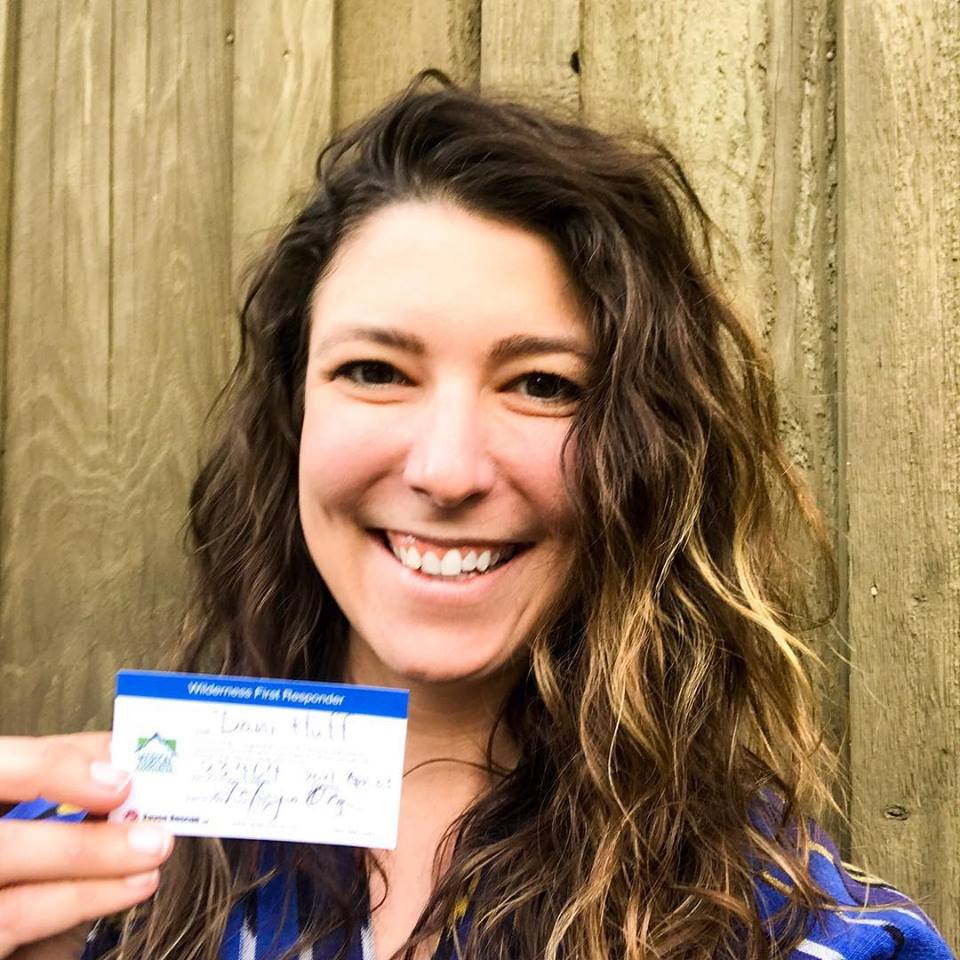By Dani Huff – Bike Guide Training Program student at Whistler Adventure School
There are numerous reasons I am thrilled to be starting the WAS Bike Guide program, and one of the many is the Wilderness First Responder (WFR) course offered through Raven Rescue. I not only had a deep desire to gain these skills in order to ensure future clients are in the best possible hands, but I wanted to know wilderness aid protocol for my friends and loved ones when we are out for a ski tour or bike ride. The WFR course did just that. We set goals at the beginning of the course, and I can confidently say I walked away achieving them. The course instructor, format, and class members fostered an incredible learning environment to do so.
We had three main objectives for the course: drawing the line on how to rescue, face the reality of what’s happen, and how to be the leader in a rescue. While all of these are subjective because elements, injuries, and location will vary from case to case, learning how to draw the line between life threatening and manageable injuries was a key takeaway. We learned incredible tools on how to provide care in the backcountry to hopefully get patients out on our own, but also when to call in for support and evacuation. While fortunately we weren’t in any real scenarios during the course, the simulations provided by our instructor made us feel as if we were actually dealing with hard decisions, real injuries, and complicated evacuations. I learned more about makeshift splints, backboards, and rescue strategies than I ever new existed.
One of my favorite parts of the course was learning how to lead in an evacuation. There is chaos, human factors, and potentially difficult decisions to be made. Gaining the knowledge to be a calm, organized, and decisive leader in these scenarios was invaluable. Being able to successfully step into this role was only made possible after countless hours of practice, lectures, and playing the role of rescuer (and patient) over and over again.
We ended the course with a multi-patient and rescuer evacuation that tied everything together. This assessed our skills learned throughout the course, as well as tested how we would fair in a real life scenario. Because of the well taught and planned out structure of the course, we led a completely successful simulation.
Whether you are looking to guide, or just want to be well equipped when adventuring with your friends, I’d highly recommend joining an 80 hours course. Your companions and clients will be grateful to have your knowledge and skills in the backcountry if any distress or injuries come your way.
Photo and text credit: Dani Huff – Bike Guide Training Program student at Whistler Adventure School
Read the ‘Reflexion of the 80hrs Wilderness First Responder Course’.







